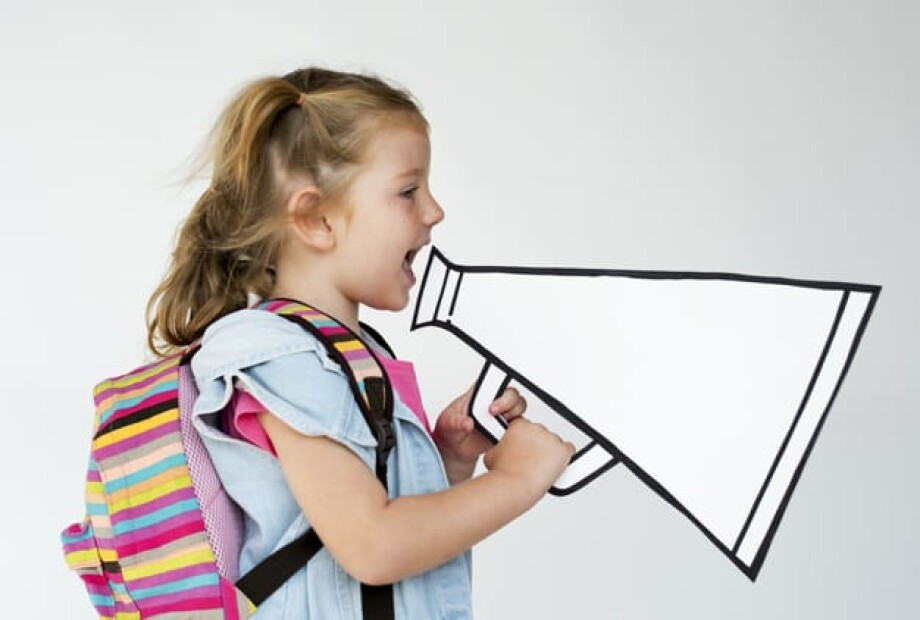Human language is a highly complex and complicated skill, and because of that, it develops brain more than anything else. Up to the age of 6 when we learn another language, or 2 languages, or 3 languages, brain development is much greater than anything else we could learn. Preschool children have a natural ability to learn and, according to research, at the age 3-4 years learning a second language is as easy as learning the first.
Advantages of early language learning
Babies, infants and children learn all language levels (prosody, phonetics, phonology, morphology, syntax, semantics) simultaneously and they learn it really well because an early age is a time when the brain is programmed to learn the languages.
Early language learning can influence attitudes towards other languages and cultures. As children have to learn a foreign language naturally, in the way they learn their mother tongue, they learn the culture, the rhymes, the movements, the cognitive development.
Lots of researches show that an early language learning experience generally results in the development of native or near-native pronunciation and intonation. Bringing very young children in contact with foreign languages may result in faster language learning, improved mother tongue skills and better performance in other areas.
Studies by Harvard University confirm that the creativity, critical thinking skills, and flexibility of the mind are significantly enhanced if children learn a second language at a younger age. Moreover, the research has shown that 50% of our ability to learn is developed by age 4 and another 30% by age 8. This is why three-year-olds are encouraged to learn a second language.
Complexity of the process
It is not an easy task to teach a very young learner. Here is the complexity of an early second language learning:
Children have to obtain all those levels and aspects of a language. So there isn’t and there can’t be just one and the only right method of teaching. Mixed methods are widely used to teach a foreign language.
Moreover, we should remember the importance of a vital language combination of literacy and oracy. Developing a child’s speaking and writing skills shouldn’t simply be ‘tagged on’ to a sequence of lessons or tasks, but arise as an integral part of everyday teaching.
Ways to teach first English words and grammar
Create a casual learning environment. The most popular and efficient ways of early English learning are authentic poems, nursery rhymes, cartoons and songs to introduce words; playing games. The best way for a child to learn to understand a new language is to hear it being spoken regularly.
Besides, visuals and realia are one of the most effective ways to provide a relatable reference. For instance, if you’re teaching about elephants, it’s better to have pictures of elephants available to share with children. For toddlers it’s more effective to use and show big bright toys. For older kids cartoons and even children’s documentaries work well. It’s easy but gives kids a tangible object that they can fully “experience” to help deepen understanding. Or if you’re teaching about plurals, have one apple available to show the meaning of “singular,” and two or more apples available to show the meaning of “plural.”
The role of physical response in teaching language
A total physical response is also essential. It is a language acquisition method developed by psychology professor James Asher after long observations of infants acquiring their mother tongue. TPR uses a combo of language and physical actions to engage children in the language learning process. It’s a pretty low-stress strategy, which is one of the keys to its success. Kids just listen and respond in a physical manner. For example, hearing commands “Sit down, give a high five, jump” etc., they just do it without a fluent communication yet. However, they do pick up syntax and speech patterns. TPR can be a great pre-cursor to verbal communication. For very young learners, though, it’s better not only say but show movements and actions. In this way they match an action with a sound and pronunciation of the word of the language.
Developing of literacy at an early age
How can we develop literacy at an early age? First of all, a child should be immersed in a print-rich environment so that he or she has constant opportunities to interact with the written word. For instance, posters on the walls, cartoons’ subtitles, bright stick notes with words and pictures, books with simple words, alphabet albums, flashcards.
Importance of variety
Anyway, all activities and visual aids, props have to be meaningful to children. Parents and teachers of the youngest learners should focus on providing a wide variety of sensory experiences for kids to absorb an English accent, practice their first words and accumulate vocabulary. This can be done by having fun through music, movement, games and a lot of nurturing. All of these extremely boosts early brain stimulation that leads to the creation of neural pathways. Introducing a second language to children as early as possible is the best way to add these neural pathways and increase their capacity for intellectual development. Different musical styles and activities for developing cognitive skills encourage understanding, speaking and a love of learning English. Through repetition, example, and experience, children learn how to use their new English vocabulary and how to speak with a good accent.






 Маргарита Аветисян
Маргарита Аветисян 
 Вероника Аветисян
Вероника Аветисян 


